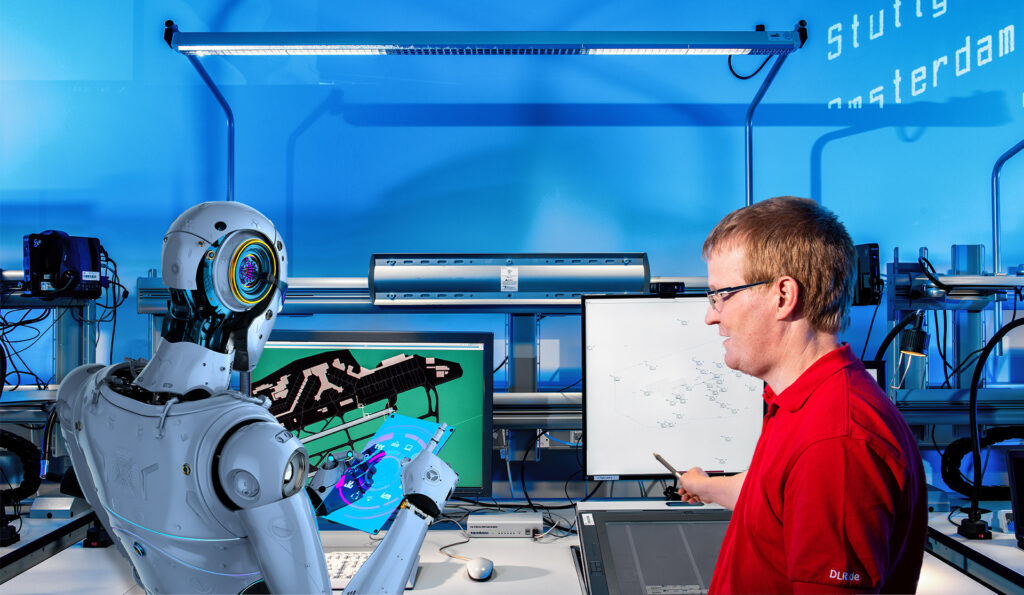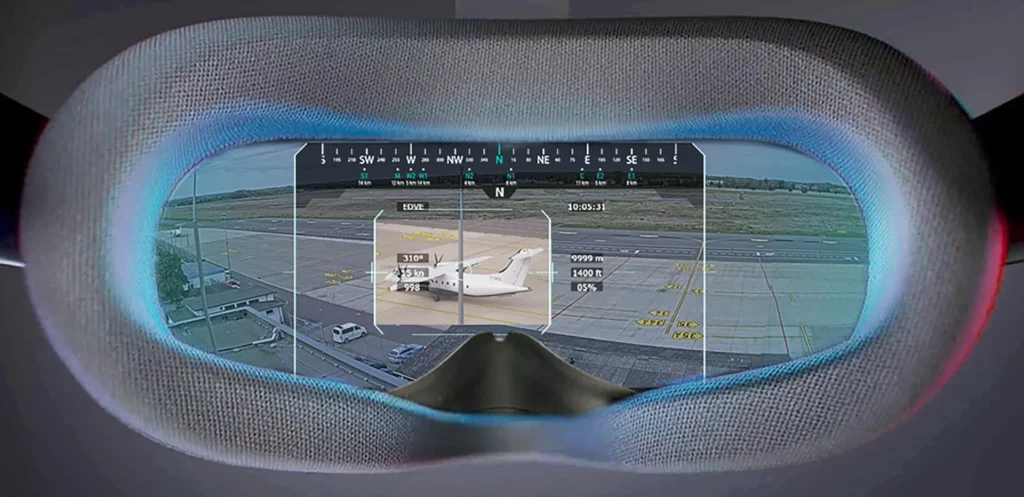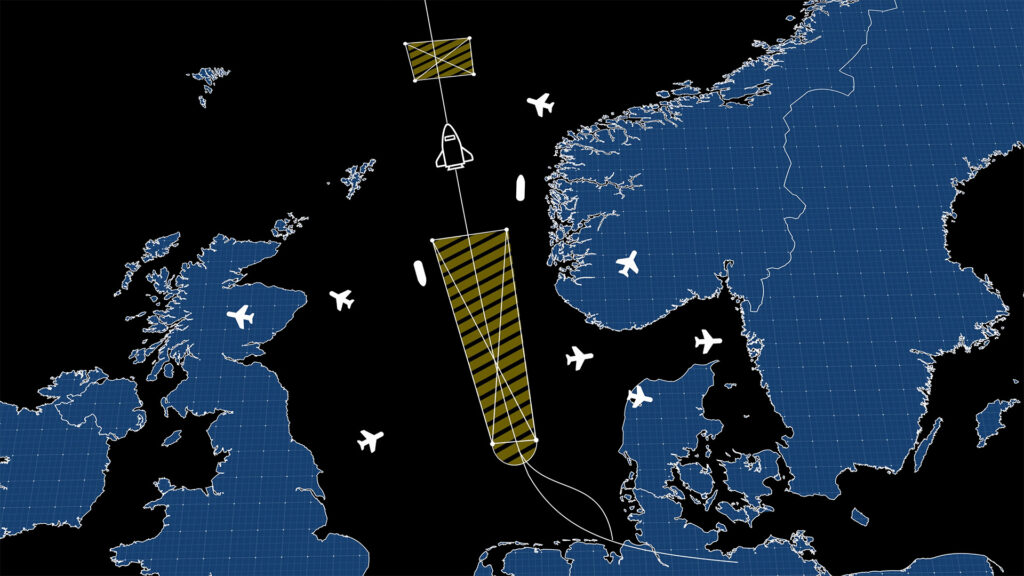Projects
Overview
Projects
Overview

DLR’s Digital Controller
Aviation is required to find measures against the climate change, rising traffic volumes and shortages of professional staff. Great potential for solutions and counteractions lies within high levels of automation. DLR’s research in the field of air traffic control aims to reveal and evaluate these potentials. DLR’s Digital Controller is a key solutions which will enable flight trajectories to be energy-efficient and contrail-reduced. Moreover, it will provide detection of cyber-attacks through permanent data monitoring.

May Virtual Towers Become Reality?!
Remote towers are already in operation and more and more Remote Tower Centers (RTCs) are becoming available worldwide. Air traffic controllers are no longer tied to the location of the airport for which they provide ATC services. Moreover, airports can now be grouped together in RTCs, creating even more synergies to increase flexibility, safety and the service level for airspace users. But now, think one step further! What if the entire Controller Work Position (CWP), including the view out of the window and all other required workstation systems and needed interactions, was deployed in a virtual environment?

Space Traffic Integration
The commercialisation of spaceflight is raising the number of space activities worldwide and space vehicles are increasingly traversing the airspace in which air traffic operates. In order to meet the commercial interests of aviation and aerospace in the future, the integration of spacecraft into the existing air transport system is becoming more and more important. By establishing a Launch-Coordination Center (LCC), DLR will develop tools for a “launch-on-demand” and by this contribute to the safe and efficient integration of spacecraft.



